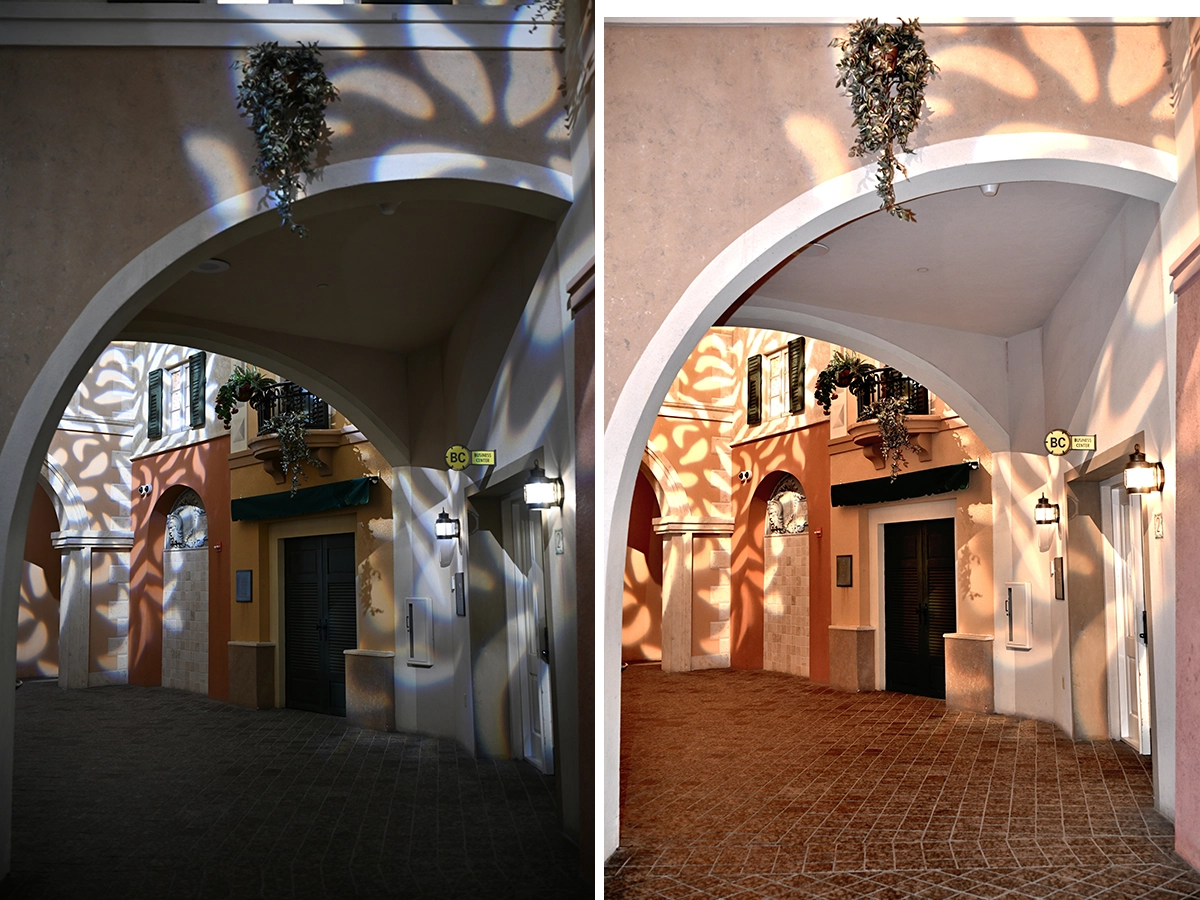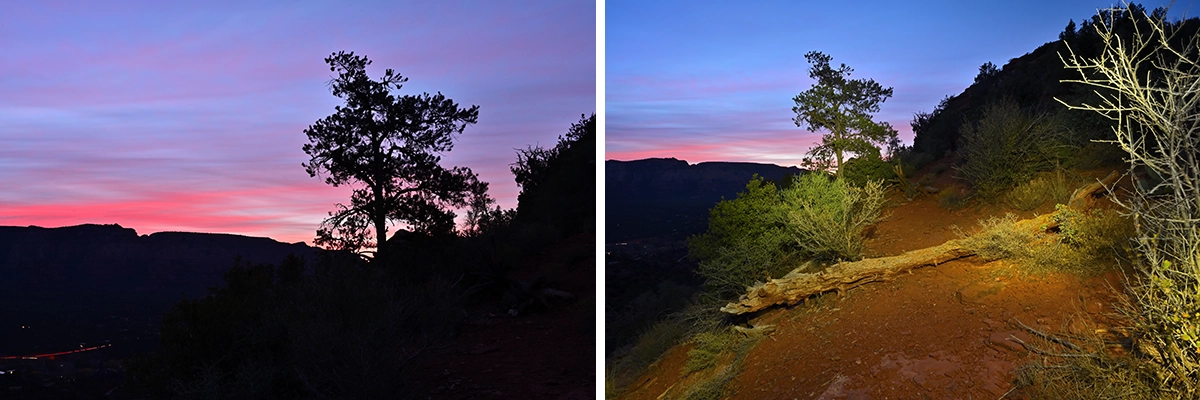Using an external flash in my photography has made a huge difference in how I create images. The built-in flash that came with my camera was fine when I was starting out or just needed a little fill light—but it often produced harsh results and made my subject look flat. An off-camera flash gives me control over where the light goes, helping me shape and enhance my photos.
What You’ll Learn in This Article
- Why an external flash improves your photos indoors and out
- How to bounce flash for softer, more flattering light
- Creative flash techniques using gels and positioning
- When to use flash outdoors, even in bright sunlight
- How to use flash in long exposure night photography
Tips and Images by Kristine Bosworth, Tamron Field Services Specialist
Why I Don’t Rely on the Built-In Flash

While convenient, the built-in flash is limited. It points straight at the subject, which often flattens features and creates sharp shadows. That’s why I always carry an external flash—it lets me place light where I want it, shape it how I need it, and get much better results.
When and Why I Use an External Flash Indoors

I use a flash when I’m shooting indoors or when natural light is limited.
The external flash helps me:
- Use flash as my main light source when the available light is mixed or uneven
- Bounce the flash off a ceiling or wall for a soft, flattering light
- Place the flash behind the subject to create a halo effect
- Add a colored gel and light the background for depth and mood
Before I shoot, I always check if the venue allows flash—some places, like churches or museums, don’t permit it.
Why I Still Use Flash Outdoors

Most people don’t think to use flash in bright outdoor settings, but I often do. Flash lets me fill in shadows, like under a hat brim, and balance the exposure between the subject and the background.
Adding Flash to Still Life and Nature Photography

When I’m photographing into the sun, my subject can turn into a silhouette. Sometimes, I use flash even when photographing still life subjects outdoors—like flowers or butterflies. A gentle burst of light or a slight change in angle adds dimension, drama, or texture that I couldn’t get otherwise. It’s a subtle touch, but it really makes a difference.
Using Flash for Light Painting at Night
When I’m doing long exposure night photography, I love using flash for light painting. This technique lets me light different parts of a scene by firing the flash manually during a long exposure. Depending on how much of the scene I want to illuminate, I can fire the flash once or multiple times. As long as I don’t light myself, I can move around freely without being seen in the final image.
How I Control My Flash from the Camera
Most external flashes today are camera-compatible, which means I can adjust their settings right from my camera—whether it’s flash power, zoom, or sync options. That saves time and lets me fine-tune my light without running back and forth.
Pairing Flash With the Right Lens
While flash helps control light, your lens plays a big role too. A lens with a wide maximum aperture—like f/2.8 or wider—lets in more light to begin with, giving you extra flexibility. That’s why I reach for my Tamron lenses, especially when I need sharp performance and low-light capability. I love the Tamron 35-150mm F/2-2.8 Di III VXD that I used for the photo examples in this blog post. If you’re looking for a lens to match your flash work, try the Tamron Lens Finder to explore options that fit your style and camera system.
Why I Never Leave Home Without My Flash
Having an external flash in my bag means I’m always prepared—whether I’m shooting a portrait, chasing butterflies in a garden, or experimenting with night scenes.
Using an external flash gives me:
- More control over lighting
- Better results in tricky environments
- Creative freedom to shape and color the light
So add an external flash to your kit, you’ll be happy you are carrying a little bit more control over your photography and having another tool to make your photography a little more creative. It’s a small piece of gear that delivers big results—and I’m always glad I brought it along.
Learn more about Tamron lenses at an authorized Tamron dealer near you or visit the TAMRON Store.
